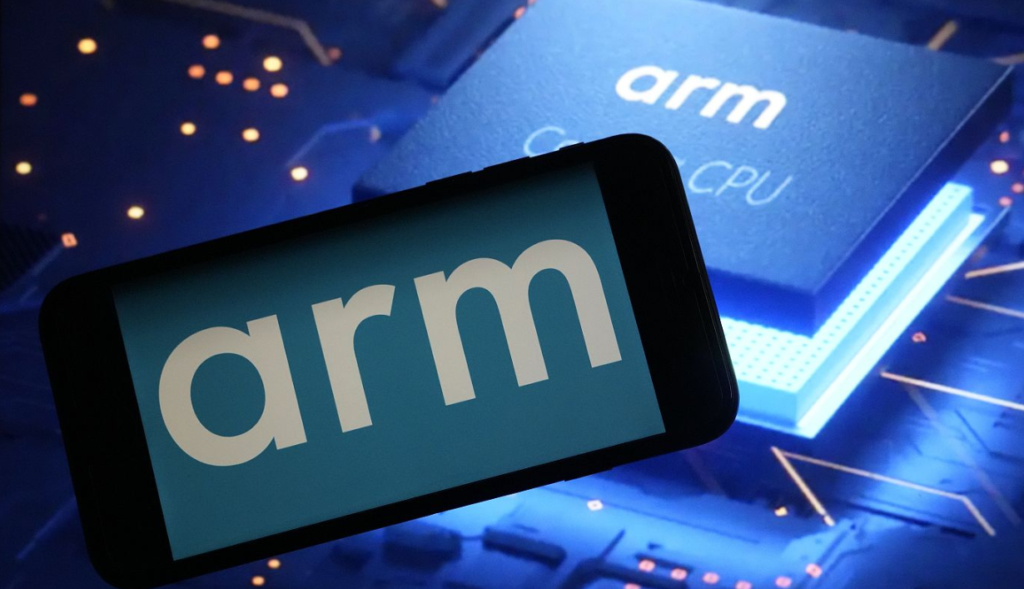For decades, Arm Holdings has been known as the company that licenses CPU architecture to other chipmakers. However, a dramatic shift in strategy is now underway: Arm is preparing to launch its first-ever CPU, stepping into direct competition with industry giants like Intel and AMD. More surprisingly, the company is aggressively recruiting top talent from its own customers, according to a Reuters report.

Arm’s New CPU: A Game-Changer for Data Centers?
Traditionally, Arm’s role has been to provide the “brains” behind many mobile and data center chips, without actually producing processors itself. Now, reports from the Financial Times suggest that Arm is designing a CPU focused on the data center market and has already secured major customers, including Meta.
The industry reaction has been mixed—not only because of Arm’s shift from a licensing model to direct competition but also due to its hiring strategy. Since late 2023, the company has recruited engineers from leading chipmakers, strengthening its hardware development and sales teams.
Competing with Customers: A Risky Move?
Historically, companies like Ampere, Nvidia, and even Amazon Web Services have relied on Arm’s architecture to develop their own processors. By entering the CPU business, Arm risks alienating its biggest partners, some of whom may now reconsider their reliance on Arm’s technology.
Leaked reports indicate that Arm’s first CPU will be highly customizable for enterprise clients, such as Meta. While technical details remain scarce, industry experts speculate that the chip could be based on Arm’s Neoverse V3 (high performance) or Neoverse N3 (power efficiency) architecture under the Armv9.2 standard. If Arm leverages its Neoverse Compute Subsystem (CSS), the CPU could feature up to 64 V3 cores per chiplet, with potential scalability through a multi-chiplet design.
A Response to Market Pressures?
Arm’s leadership has been hesitant to acknowledge this shift. CEO Rene Haas previously denied that the company was working on its own CPU in a legal dispute with Qualcomm in December. However, recruitment efforts suggest otherwise—Arm has been quietly hiring top chip design experts for over a year, a move that aligns with its strategic push into the CPU market.
While this expansion could open new revenue streams for Arm, it also carries substantial risks. Major tech players like AWS, Google, Microsoft, and Nvidia may view Arm as a competitor rather than a partner. This could drive them to explore alternatives such as RISC-V or custom architecture development, potentially reducing Arm’s influence in the industry.
The Big Question: A Bold Move or a Costly Gamble?
By stepping into the CPU market, Arm is attempting to control more of the value chain in processor design. But at what cost? Will its customers embrace the change, or will they seek alternatives to reduce their dependence on a company that is now also a competitor? The tech industry will be watching closely as Arm’s first CPU makes its debut in the coming months.

Leave a Reply